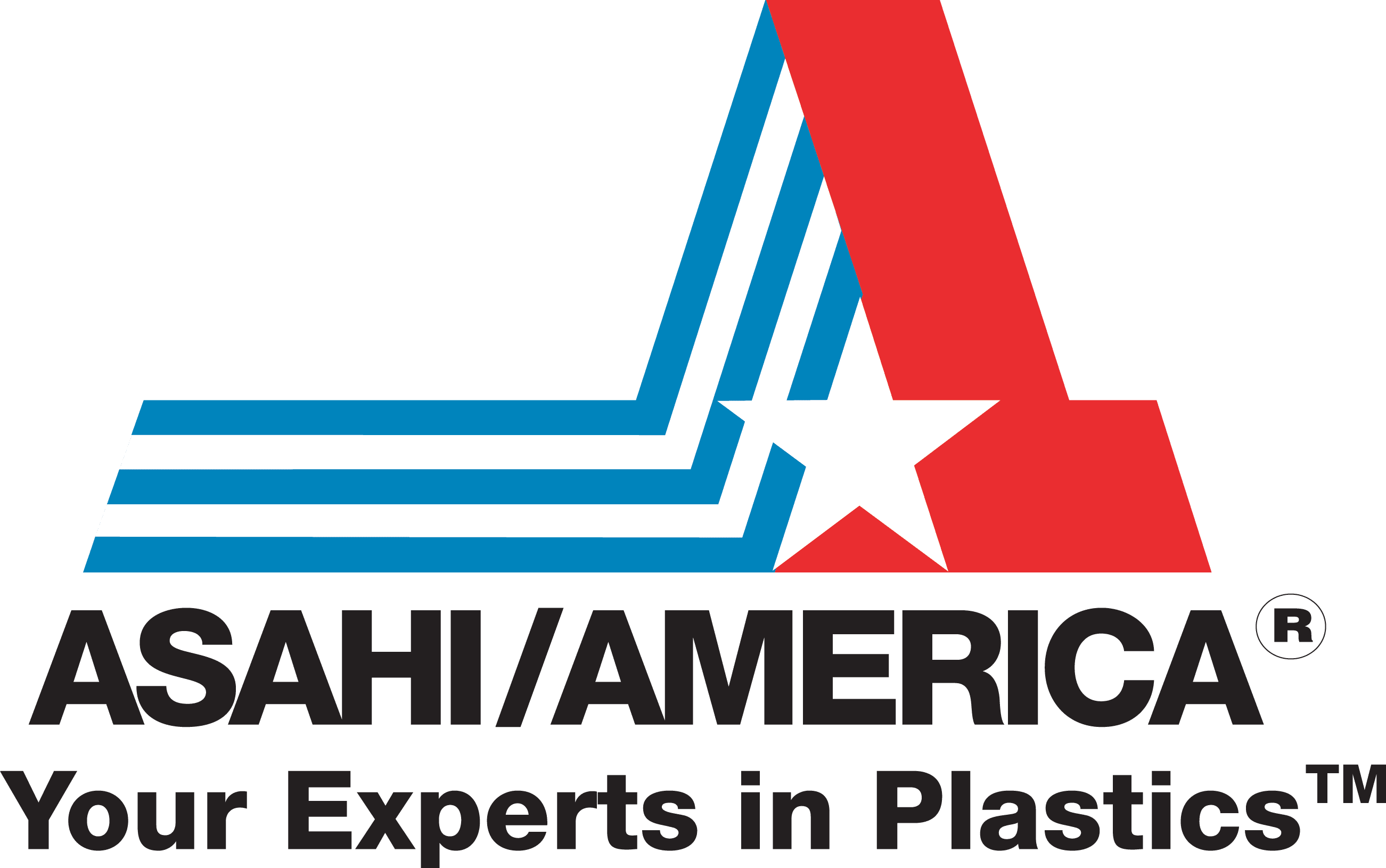April 16, 2025
Understanding the Difference Between PFAS and Fluoropolymers
Contributed by Josh Goldberg, Business Development Manager
At the end of 2024, the United States Environmental Protection Agency (EPA) issued regulations governing Per- and Polyfluoroalkyl (PFAS) materials in drinking water. Six chemicals were singled out by the EPA for specific regulations, but they are studying around 20 more chemicals to include on the list. So, what are PFAS and are these different than fluoropolymers like PVDF, E-CTFE, FKM, and FFKM?
First, let’s take a look at how these chemicals are classified. Currently, the European Union is leading the charge for regulation of these materials, with Canada and the US following suit. There have been several attempts to define the materials that they are trying to regulate, but the definitions are a bit confusing. The chart below is one example that defines the different PFAS materials:
The chart shows that anything with a carbon-fluorine bond is considered a PFAS material, but fluoropolymers that are used in Asahi/America’s pipes and valves are considered “other PFAS,” so why is that? When we talk about the chemicals that are being regulated, there are some very distinct features that are going to differentiate them from fluoropolymers in pipes and valves. The diagram below shows the important feature of one of the regulated PFAS of Concern:
The PFAS molecule of concern has a couple of distinct features: it has a “hydrophilic” head, and the molecule is small (4–8 carbons long). These features are important in that the hydrophilic head allows the molecule to be soluble in water, and the smaller the molecular size, the higher the water solubility. Additionally, generally speaking, the smaller the molecule, the more bioavailable it is, so the PFAS of concern materials that are only 4–8 carbon units long are more likely to cross blood/cell barriers.
Now let’s take a look at a typical fluoropolymer that is used in Asahi/America’s pipes and valves.
There are a couple of distinct features in a fluoropolymer to note. These molecules do NOT contain a hydrophilic head, which makes them insoluble in water. Additionally, these are big molecules that are 100,000+ carbon units long. These properties, taken together, make these molecules impossible to solubilize in water, and their size also prevents them from crossing the blood/cell barrier. The chart below compares the two materials.
When we compare these materials, really the only thing they have in common is that they contain carbon-fluorine bonds, hence the distinction calling fluoropolymers “other PFAS.”
Various states are tackling the PFAS of Concern in different ways. States like Maine and Minnesota are taking the most stringent approach to regulating these materials, with bans on products containing PFAS (e.g., ski wax, juvenile clothing, outdoor furniture/clothing, floor wax, waterproofing sprays, firefighting foams, etc.). Other states, like California and Colorado, are opting for warning labels for the most part and watching what the EPA is doing with these materials. The EPA has taken an approach of “Research, Restrict, Remediate” and is currently looking at 20 other PFAS chemicals of concern for restrictions. The PFAS of Concern that are currently “Restricted” are limited to levels below 10 parts per trillion (ppt), so new test methods are being developed to detect these materials at such low levels more efficiently.
To summarize, PFAS is a general category that describes molecules containing carbon-fluorine bonds. The EPA, followed by several states, is taking a look at some specific materials of concern due to their water solubility and bioavailability, but these materials have some distinct differences when compared to fluoropolymers used in pipes and valves.
If you are interested in learning more about these materials and the regulations affecting them, please reach out to our Technical Services team at [email protected] or 1-800-343-3618. You can also download our infographic describing the differences between PFAS of Concern and fluoropolymers, located here. Finally, feel free to schedule a lunch and learn with Asahi/America and our team would be happy to talk about these material differences in more detail.

